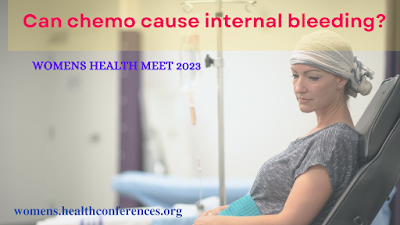Fibroids! What are they exactly?
.png)
Fibroids are benign growths in the uterus also known as uterine myomas. Within the uterine muscle, they are merely clumps of muscles. They are aggregates of muscle fibres that can be found in a variety of sizes and shapes, similar to moles on your skin. These growths, which can range in size from a walnut to a football, can form inside the uterus's wall, inside its main cavity, or on its exterior. The different types of fibroids are defined based on where a fibroid develops: Intramural : Form within the muscular wall of the uterus and are the most common type of fibroid. Subserosal : Grow on the outside wall of the uterus. Submucosal : Develop in the middle muscle layer of the uterus. What causes fibroids? The precise causes are unknown. Similar to how we don't truly understand why we have a mole or birthmark when we are born. They simply exist. Race and ethnicity do affect predominance. Recently, a link between fibroids and oestrogen dominance has been disc...


.png)

